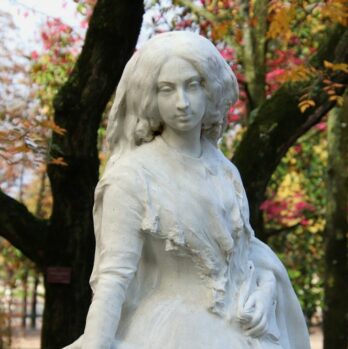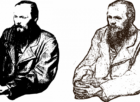Jane Austens Pride and Prejudice: A Timeless Romance for Art Enthusiasts

Introduction:
Jane Austen’s Pride and Prejudice is a classic novel that has captivated readers for generations with its timeless themes of love, societal expectations, and personal growth. Set in the early 19th century England, the novel follows the story of Elizabeth Bennet, a strong-willed and intelligent young woman, as she navigates the intricate world of courtship and marriage. This article aims to provide a comprehensive overview of Pride and Prejudice, shedding light on its significance and appeal to art enthusiasts and collectors alike.
Historical Development:

Since its publication in 1813, Pride and Prejudice has evolved from a simple romantic novel to a cultural phenomenon, influencing literature, film, and even fashion. Initially, Austen’s work received mixed reviews, with critics highlighting its focus on the trivialities of everyday life. However, as the novel gained popularity, it became evident that Austen’s portrayal of society’s rigid conventions and the power of love struck a chord with readers.
Over time, Pride and Prejudice has been adapted into numerous film and television adaptations, cementing its status as a beloved piece of literature. Each adaptation brings its interpretation of Austen’s characters and their romantic entanglements, showcasing the enduring appeal of these timeless narratives. The novel’s impact has also extended beyond the literary world, with fashion designers drawing inspiration from the Regency era’s elegant aesthetics showcased in the story.
Key Elements of Pride and Prejudice:
1. Intricate Character Development: Austen’s meticulous characterizations breathe life into the pages of Pride and Prejudice. From the headstrong Elizabeth Bennet to the enigmatic Mr. Darcy, each character is a complex blend of virtues and flaws, adding depth and relatability to the narrative.
2. Social Commentary
: One of the novel’s enduring strengths lies in Austen’s sharp observations and critique of the social norms prevalent in her time. Through her witty dialogue and astute observations, Austen illuminates the absurdity and hypocrisy of the rigid class system and the importance of marrying for love rather than societal expectations.
3. Themes of Love and Marriage
: Pride and Prejudice delves into the intricacies of relationships and the pursuit of true love. Austen’s exploration of the themes of pride, prejudice, and the transformative power of self-reflection resonates with readers of all backgrounds and time periods.
Structuring the Text for Featured Snippet:
Title: “Jane Austen Pride and Prejudice: A Timeless Romance for Art Enthusiasts”
Introduction:
– Overview of Jane Austen’s Pride and Prejudice (bulletpoints)
– Significance of the novel in popular culture
– Relevance to art enthusiasts and collectors
Historical Development: H2
– Initial reception and critical reviews
– Adoption of Pride and Prejudice in film, television, and fashion
– Enduring appeal and cultural impact
Key Elements of Pride and Prejudice: H2
1. Intricate character development
– Elizabeth Bennet and Mr. Darcy: A timeless romance
– Supporting characters and their significance
2. Social Commentary
– Critique of the rigid class system and societal expectations
– Satirical portrayal of the role of women in Austen’s time
3. Themes of Love and Marriage
– Exploration of pride, prejudice, and personal growth
– The impact of societal pressures on love and relationships
Conclusion:
Jane Austen’s Pride and Prejudice remains a beloved classic that continues to capture the hearts of art enthusiasts and collectors. Its rich characterizations, social commentary, and exploration of love and marriage make it a significant piece of literature with enduring relevance. As the novel continues to inspire adaptations and influence various art forms, it serves as a testament to Austen’s legacy as a masterful storyteller.
References:
– Austen, Jane. Pride and Prejudice. Penguin Classics, 2003.
– Johnson, Claudia L. Jane Austen: Women, Politics, and the Novel. University of Chicago Press, 1990.
– Pool, Daniel. What Jane Austen Ate and Charles Dickens Knew: From Fox Hunting to Whist-The Facts of Daily Life in 19th-Century England. Simon & Schuster, 2012.











